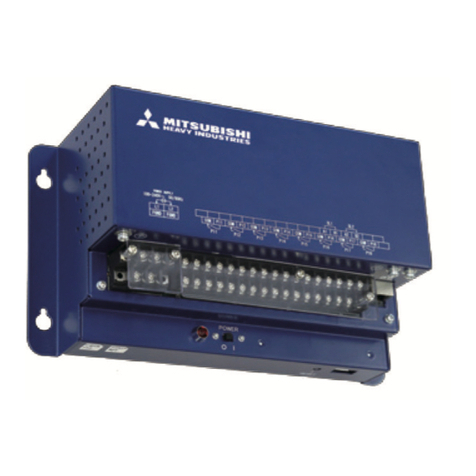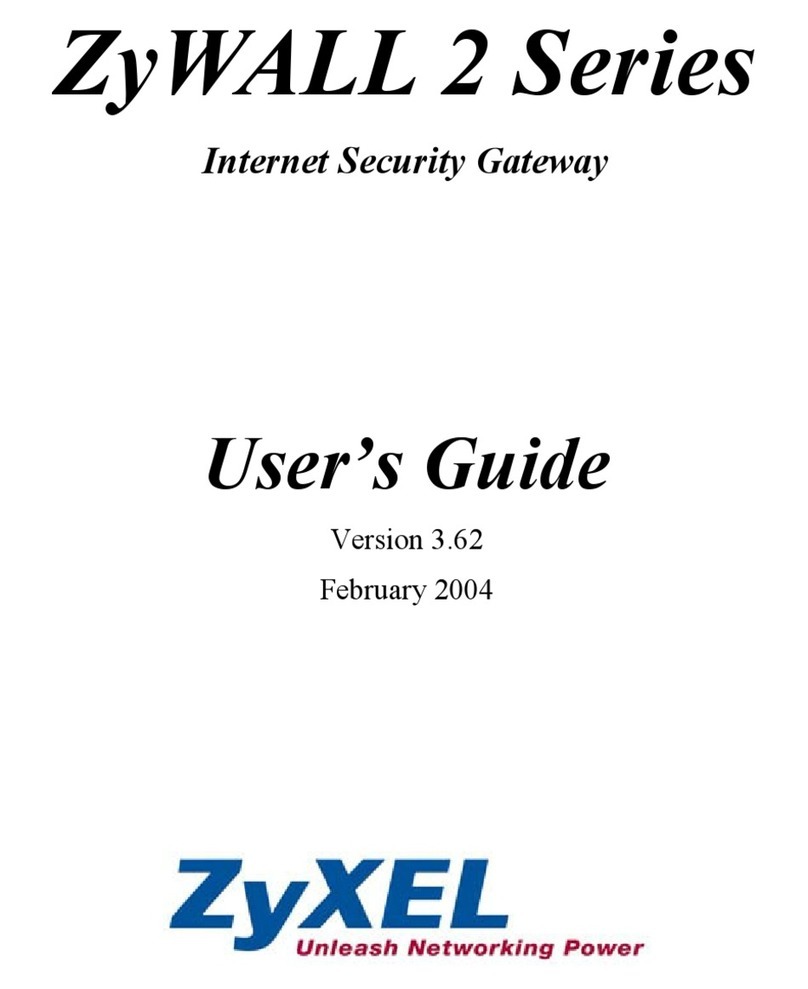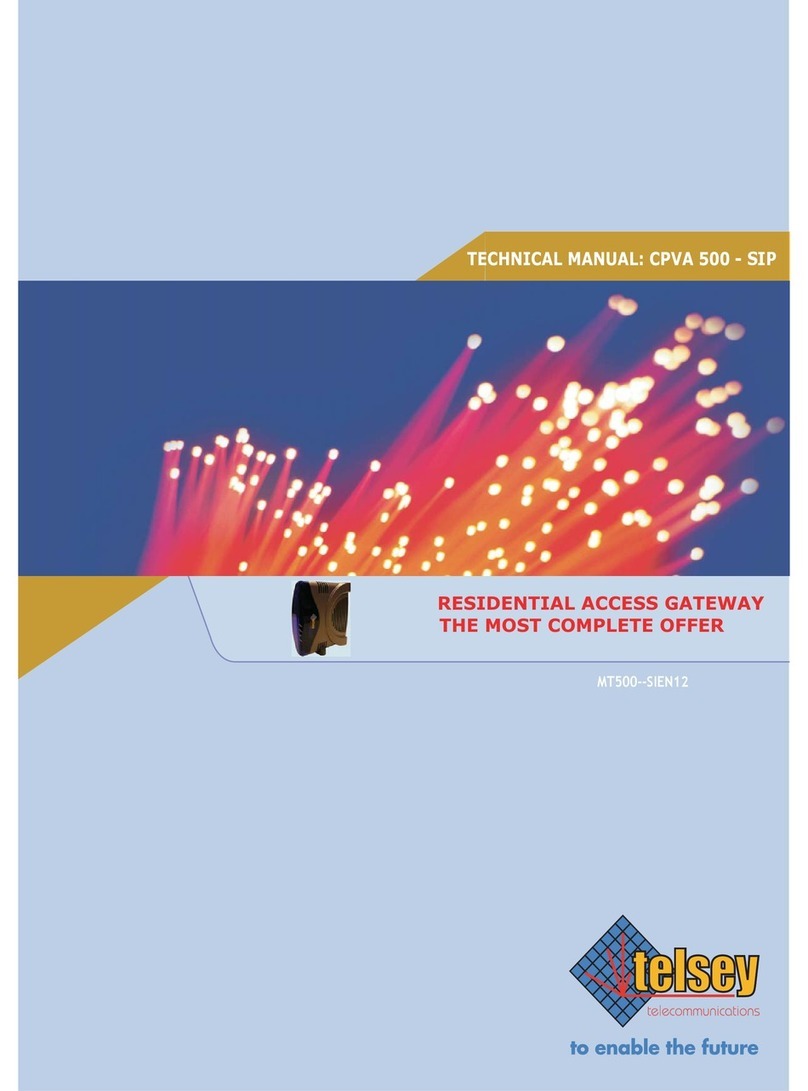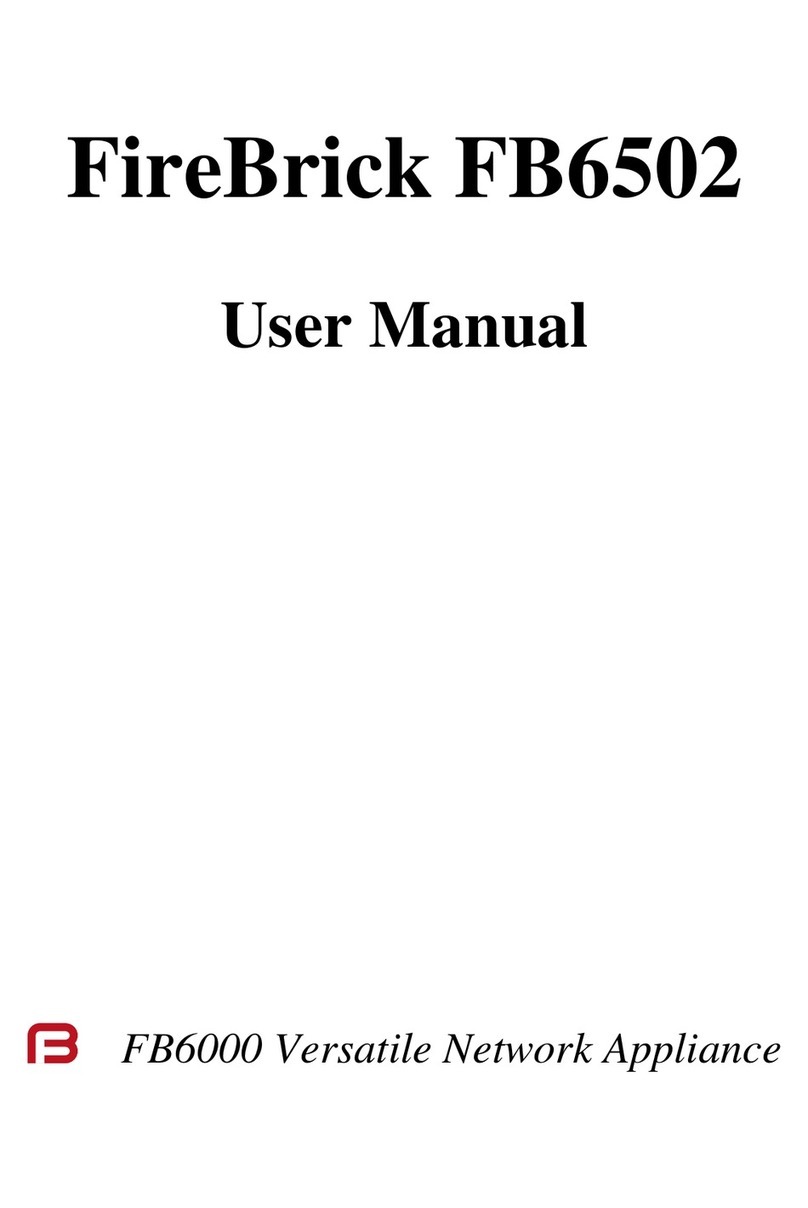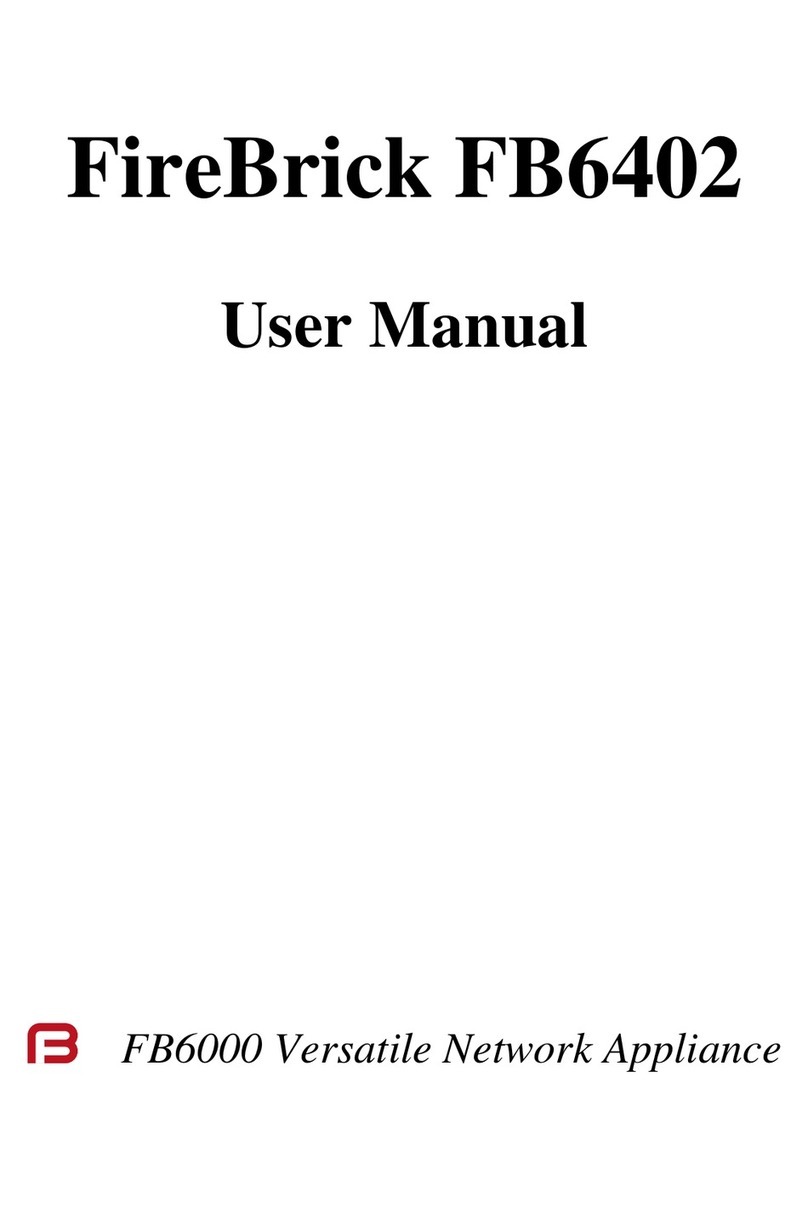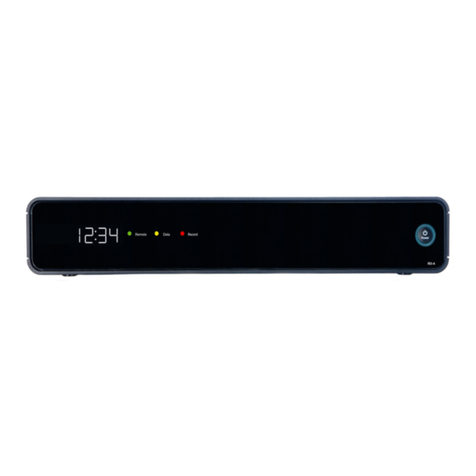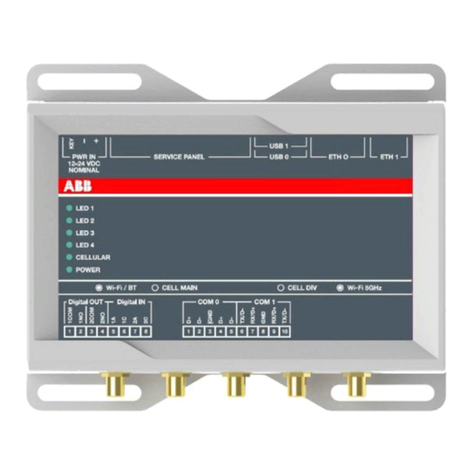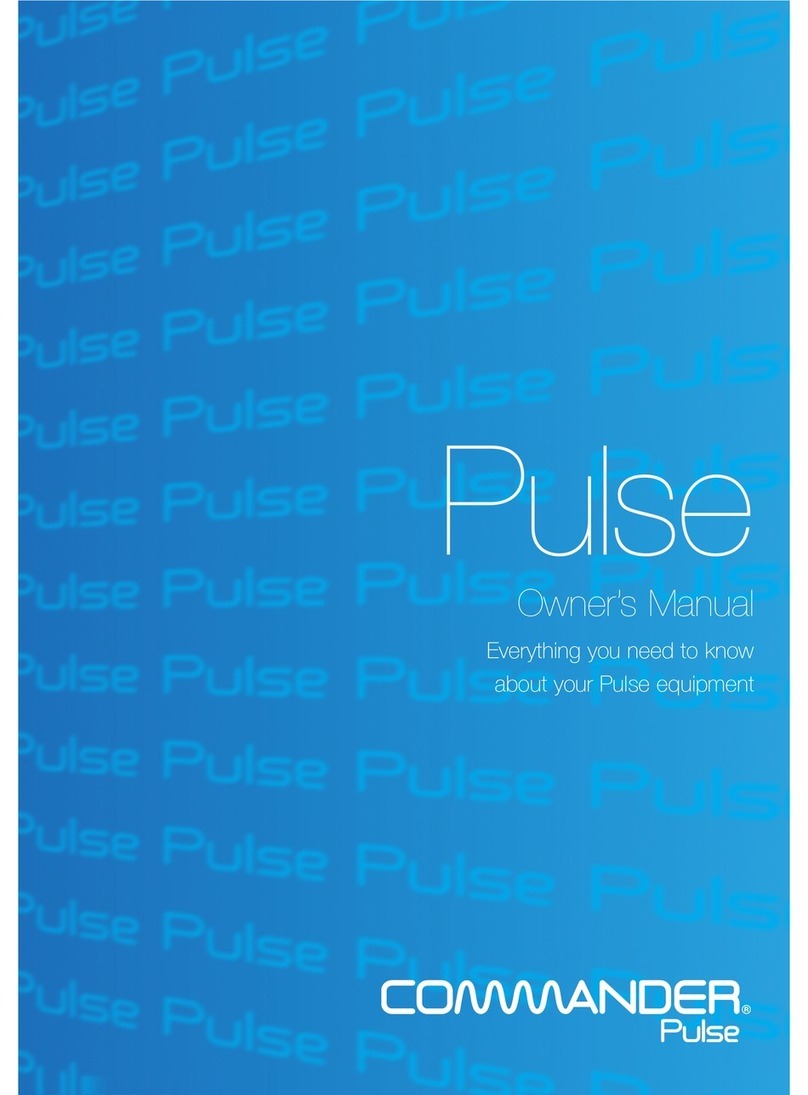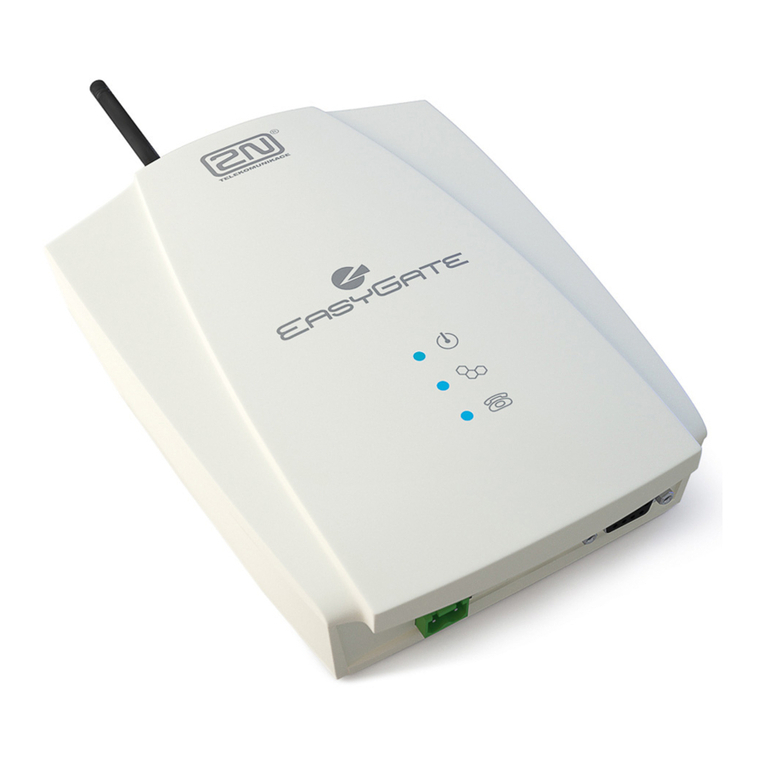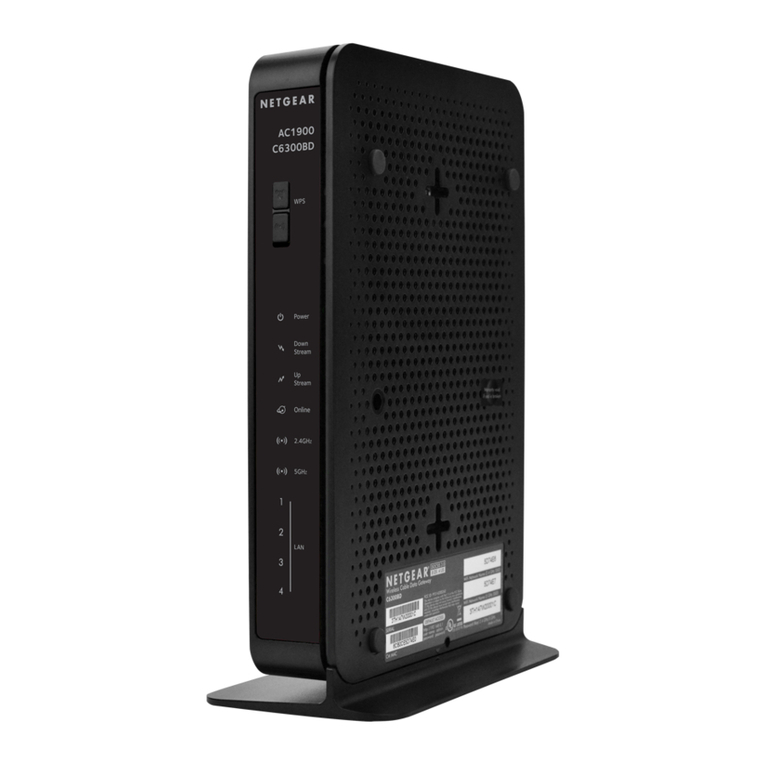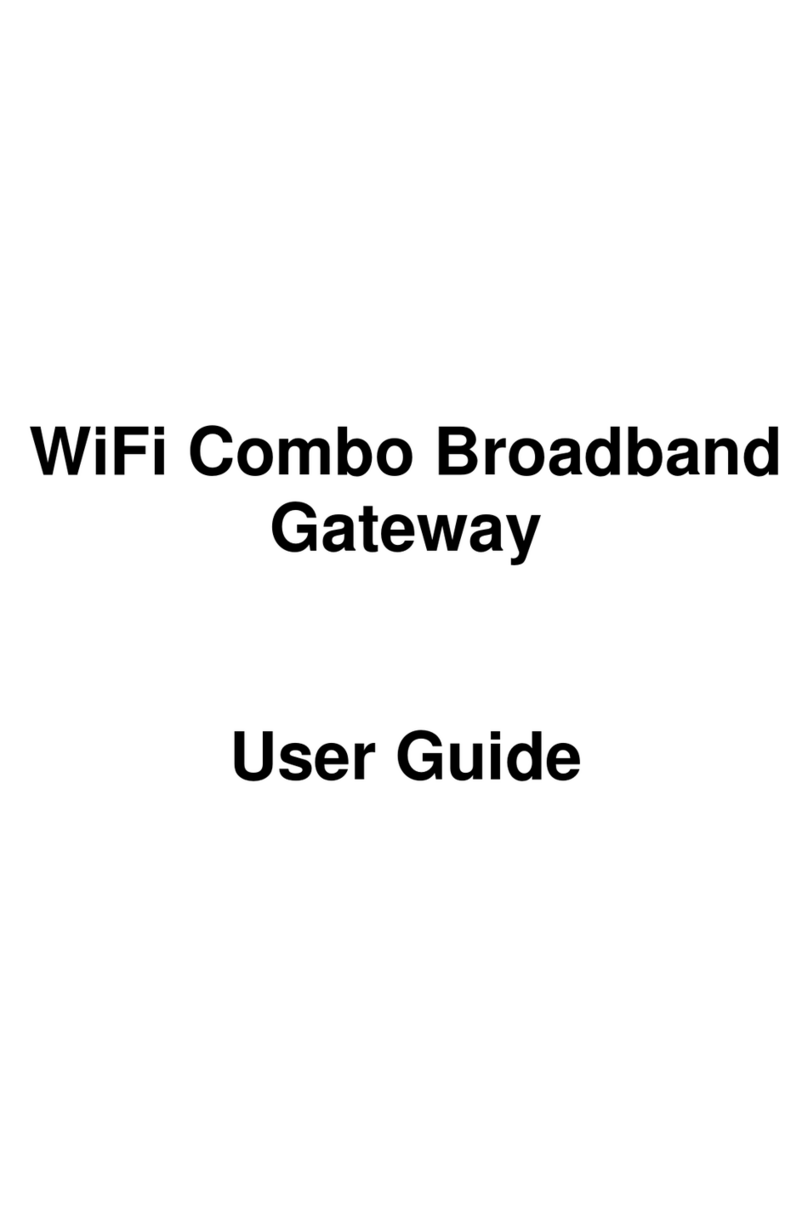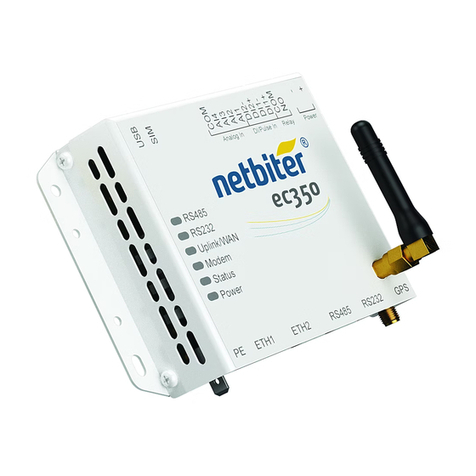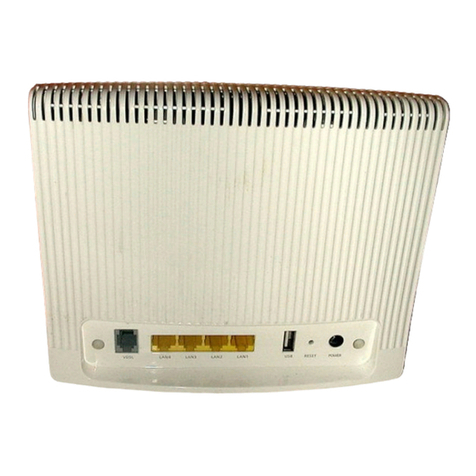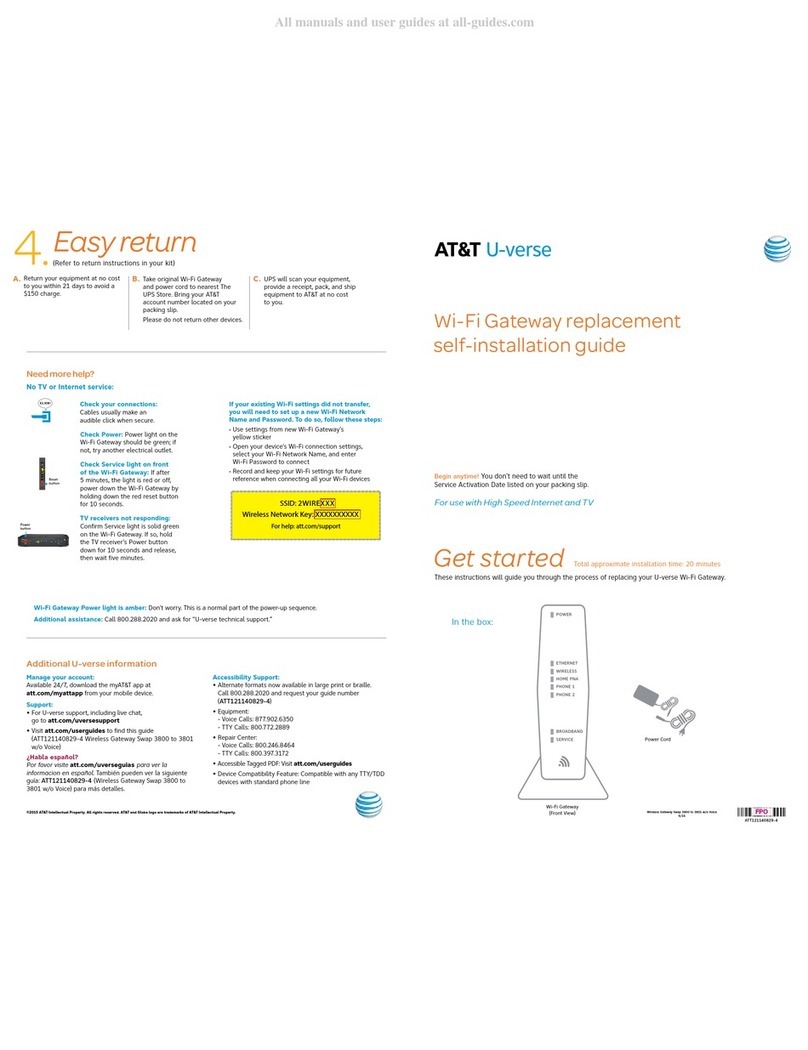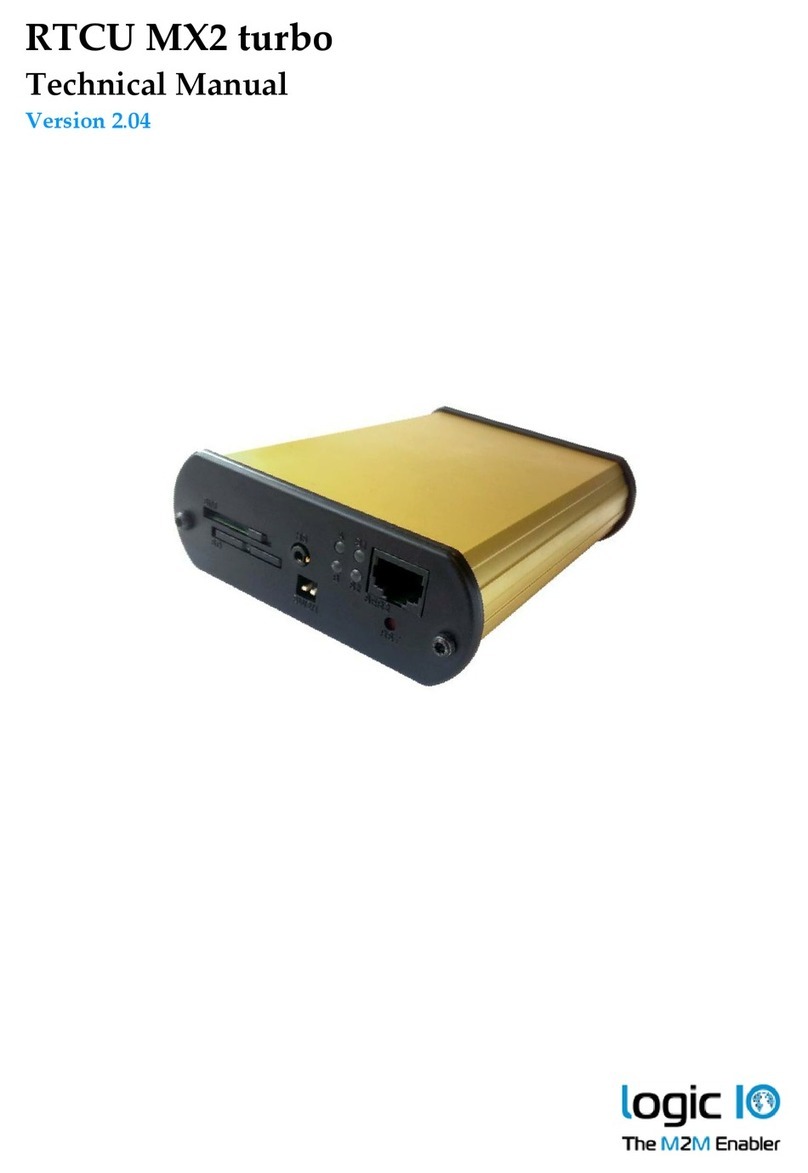
FireBrick FB6602 User Manual
vi
13.2.2. Security settings required ................................................................................ 61
13.2.3. IP address matching ...................................................................................... 61
13.2.4. Packet types ................................................................................................. 61
13.2.5. Snaplen specification ..................................................................................... 62
13.2.6. Using the web interface .................................................................................. 62
13.2.7. Using an HTTP client .................................................................................... 62
13.2.7.1. Example using curl and tcpdump ........................................................... 62
14. VRRP .............................................................................................................................. 63
14.1. Virtual Routers ....................................................................................................... 63
14.2. Configuring VRRP .................................................................................................. 63
14.2.1. Advertisement Interval ................................................................................... 64
14.2.2. Priority ........................................................................................................ 64
14.3. Using a virtual router ............................................................................................... 64
14.4. VRRP versions ....................................................................................................... 64
14.4.1. VRRP version 2 ............................................................................................ 64
14.4.2. VRRP version 3 ............................................................................................ 64
14.5. Compatibility .......................................................................................................... 65
15. BGP ................................................................................................................................ 66
15.1. What is BGP? ......................................................................................................... 66
15.2. Using BGP in an ISP network? .................................................................................. 66
16. L2TP ............................................................................................................................... 67
16.1. What is L2TP? ........................................................................................................ 67
16.2. Basic ISP model ...................................................................................................... 67
16.3. Platform RADIUS and session steering ....................................................................... 67
16.4. The importance of CQM graphs ................................................................................. 67
16.5. Local Authentication ................................................................................................ 67
16.6. Relaying L2TP connections ....................................................................................... 67
16.7. RADIUS Authentication and Accounting ..................................................................... 67
16.8. RADIUS Control messages ....................................................................................... 67
16.9. Outgoing L2TP connections ...................................................................................... 68
17. Command Line Interface ..................................................................................................... 69
A. Factory Reset Procedure ....................................................................................................... 70
B. CIDR and CIDR Notation .................................................................................................... 72
C. MAC Addresses usage ......................................................................................................... 74
D. VLANs : A primer .............................................................................................................. 76
E. Supported L2TP Attribute/Value Pairs .................................................................................... 77
E.1. Start-Control-Connection-Request ................................................................................ 77
E.2. Start-Control-Connection-Reply ................................................................................... 77
E.3. Start-Control-Connection-Connected ............................................................................. 78
E.4. Stop-Control-Connection-Notification ........................................................................... 78
E.5. Hello ...................................................................................................................... 78
E.6. Incoming-Call-Request ............................................................................................... 78
E.7. Incoming-Call-Reply ................................................................................................. 79
E.8. Incoming-Call-Connected ........................................................................................... 79
E.9. Outgoing-Call-Request ............................................................................................... 79
E.10. Outgoing-Call-Reply ................................................................................................ 80
E.11. Outgoing-Call-Connected .......................................................................................... 80
E.12. Call-Disconnect-Notify ............................................................................................. 80
E.13. WAN-Error-Notify .................................................................................................. 80
E.14. Set-Link-Info .......................................................................................................... 80
E.15. Notes .................................................................................................................... 81
E.15.1. BT specific notes .......................................................................................... 81
E.15.2. IP over LCP ................................................................................................ 81
F. Supported RADIUS Attribute/Value Pairs for L2TP operation ..................................................... 82
F.1. Authentication request ............................................................................................... 82
F.2. Authentication response ............................................................................................. 83



